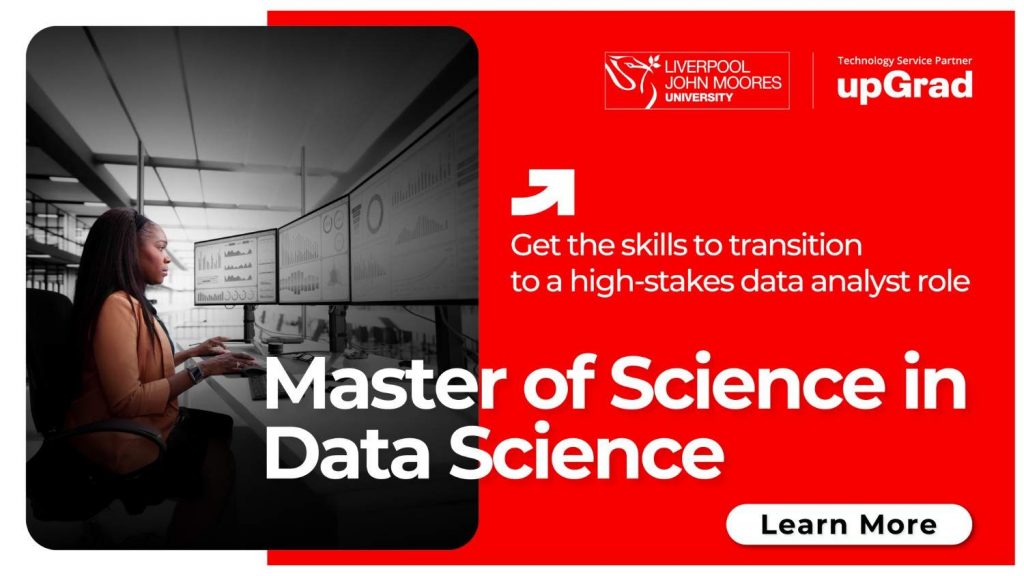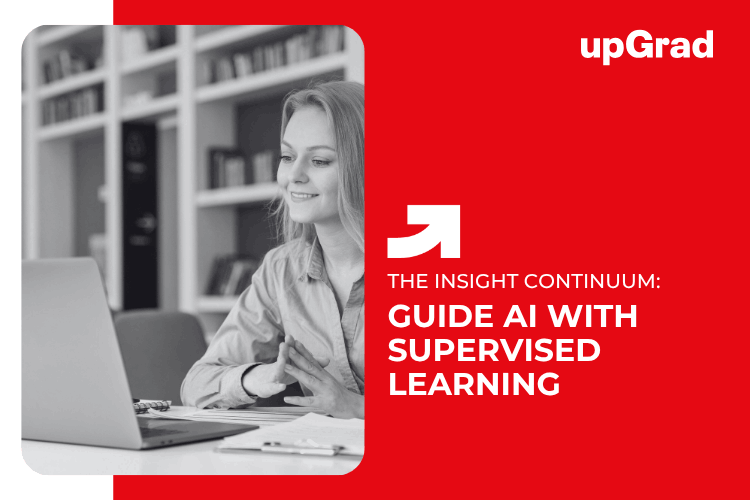In today’s rapidly evolving world, artificial intelligence (AI) has become an indispensable part of our lives. From chatbots assisting customers to personalized recommendations on streaming platforms, AI is revolutionizing how we interact with technology. At the heart of AI’s capabilities lies “supervised learning,” a powerful technique that fuels predictive analytics and drives decision-making.
In this blog, we will delve into it’s wonders, significance in AI, and how it differentiates from other machine learning approaches. So buckle up and get ready to explore the exciting world of guiding AI with supervised learning!
Unraveling supervised learning in AI
It is a specific branch of machine learning that allows an AI model to learn from labeled data. The data consists of input-output pairs, where the input is the set of features, and the output is the desired outcome or label. The goal is for the model to learn a mapping between inputs and outputs to make accurate predictions on unseen data.
Imagine a scenario where you have historical sales data of an online store. In this branch of learning, the model will learn from this data and understand the relationship between variables like time, pricing, and customer demographics to predict future sales. The more labeled data the model is trained on, the better it becomes at making accurate predictions.
The power of predictive analytics
Predictive analytics is a game-changer for businesses across various industries. Organizations can gain valuable insights into customer behavior, market trends, and performance predictions by utilizing historical data and applying supervised learning algorithms. This empowers decision-makers to make data-driven choices, resulting in improved efficiency, reduced costs, and better customer satisfaction.
Imagine a marketing team being able to forecast customer preferences and target their campaigns more effectively. Or a healthcare provider predicting patient readmissions and allocating resources accordingly. The possibilities are limitless with predictive analytics driven by supervised learning!
Why is supervised learning crucial in AI?
It plays a vital role in shaping the future of AI due to its numerous advantages:
- Accurate Predictions: With labeled data and a well-trained model, it enables AI systems to make highly accurate predictions, boosting overall performance and reliability.
- Rapid Decision-Making: In dynamic environments, real-time decisions are crucial. It allows AI models to process information and respond effectively quickly.
- Generalization to Unseen Data: Once a model is trained on a diverse dataset, it can generalize its knowledge to previously unseen data, making it adaptable to changing scenarios.
- Interpretability and Transparency: Unlike some complex AI models, it algorithms are often interpretable, allowing us to understand the factors influencing their decisions.

Supervised learning vs. AI and machine learning
At this point, you might wonder, “What’s the difference between AI, machine learning, and supervised learning?” Let’s clarify that:
- AI (Artificial Intelligence): AI is the broader field of computer science that aims to create intelligent machines capable of simulating human-like decision-making and problem-solving. It encompasses various techniques, including machine learning.
- Machine Learning: Machine learning is a subset of AI that focuses on the development of algorithms that can learn from data without being explicitly programmed. It can be divided into supervised, unsupervised, and reinforcement learning.
- Supervised Learning: As mentioned earlier, it is a specific type of machine learning where the model learns from labeled data to make predictions or decisions.
Applications
Supervised learning is the backbone of many cutting-edge AI applications that we encounter daily. Here are some fascinating examples:
- Natural Language Processing (NLP): Virtual assistants like Siri and Google Assistant use supervised learning to effectively understand and respond to human language.
- Image Recognition: AI-powered image recognition systems, like those used in self-driving cars, medical diagnostics, and security surveillance, rely heavily on supervised learning to identify objects and patterns in images.
- Financial Predictions: Banks and financial institutions use supervised learning to predict credit risks, detect fraudulent activities, and optimize investment strategies.
Conclusion
Supervised learning is undeniably a cornerstone in AI, making it one of the most exciting and sought-after skills in today’s job market. Its power in predictive analytics and decision-making is reshaping industries and creating opportunities for innovation like never before.
Whether you’re a seasoned professional or just starting your AI journey, understanding and harnessing the potential of SL is your gateway to unlocking the full potential of AI.








